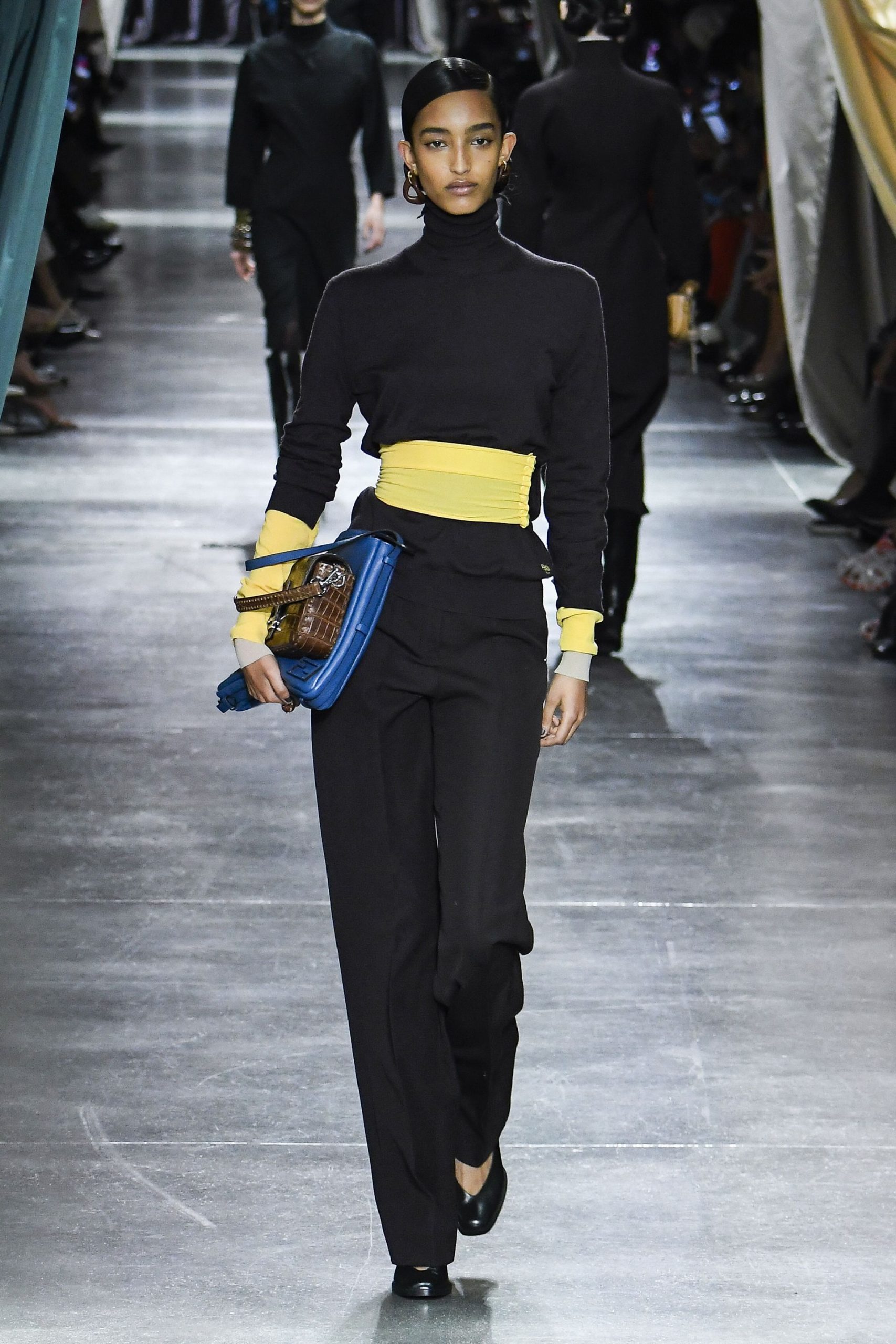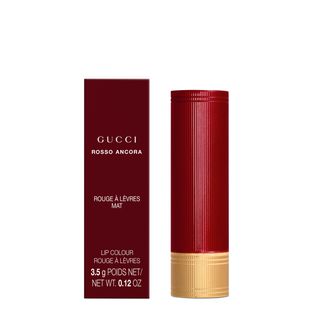
Milan Fashion Week A/W 2024: Fendi to No. 21
Milan Fashion Week A/W 2024 – which begins in the Italian city this week – looks set to be the season of debuts. Tod’s and Blumarine will both welcome new creative directors: the former sees ex-Bottega Veneta designer Matteo Tamburini take the helm, while at the latter, Walter Chiapponi (ex of Tod’s) replaces Nicolas Brognano. Moschino will also welcome new creative director Adrian Appiolaza, formerly of Loewe, where he was ready-to-wear design director for ten years. Other notable moments include a return to Milan for Marni, which has in recent seasons shown in Paris, Tokyo and New York.
Elsewhere, we look forward to Prada and the brand‘s latest collaboration with OMA (in January, a striking menswear set clashed the great outdoors with a corporate office), and London-based designer Feben – one of Wallpaper’s designers set to define 2024 – who will make her Milan Fashion Week debut, showing with the support of Dolce & Gabbana on Sunday. Rounding out the schedule are the titans of Italian fashion; among them Giorgio Armani, Max Mara, Gucci, Bottega Veneta, and Dolce & Gabbana.
Here, reporting live from the shows, Wallpaper* fashion features editor Jack Moss picks the best of Milan Fashion Week A/W 2024, as it happens.
The best of Milan Fashion Week A/W 2024
Fendi
Fendi A/W 2024
(Image credit: Photography by Victor Virgile/Gamma-Rapho via Getty Images)
The Fendi showspace on Via Solari was divided into various rooms, their partitions constructed from enormous drapes of coloured silk. Indeed, the collection itself – which creative director of couture and womenswear Kim Jones said began by looking at archival looks from the mid-1980s – was full of such impressive contortions of fabric, whether the cinching day-glo strip of fabric which was layered over a simple black roll-neck, or the variously complex knits, which were crisscrossed over the neck or became slinky, colour-blocked ribbed dresses. The drapes also recalled those found in Roman statuary – a nod to Fendi’s home city – which also appeared as prints or as intricate embroidery on the garments themselves, part of a continuing exploration of the Italian city’s unique brand of elegance (a fascination of Jones since he started at the house, who takes particular inspiration from the personal style of house scion Delfina Delettrez Fendi, who in 2020 became Fendi’s artistic director of jewellery and in 2016 was a Wallpaper* Design Awards judge).
But delving into the archive also reminded Jones of the dress codes of his native London in the 1980s, particularly the vivid, subversive uniforms of the New Romantics and figures like performance artist and club impresario Leigh Bowery. Here, the liberated mood of the era was expressed in flourishes of polka dots (a Bowery signature) and moments of piercing colour, which contrasted rigorous, sculpted black tailoring elsewhere. ‘The sketches reminded me of London during that period: the Blitz Kids, the New Romantics, the adoption of workwear, aristocratic style, Japanese style,’ Jones explained. ‘It was a point when British subcultures and styles became global and absorbed global influences. Yet still with a British elegance in ease and not giving a damn what anybody else thinks, something that chimes with Roman style.’
No. 21

(Image credit: Courtesy of No. 21)
Alessandro Dell’Acqua’s always intriguing vision of womanhood at No. 21 – where underneath his clothing’s exterior beauty something darker lurks – continued this season with the Italian designer’s riff on bourgeois dress codes. He used the expression ‘bon ton’, a byword for elegance and good taste that was first used to describe British high society in the 19th century – and later reemerged during the haute couture revival of the 1980s – to encapsulate the collection’s mood. The latter era emerged here in plunging black gowns that tied at the shoulders with bows, cocooning double-breasted overcoats, or nipped tweed suiting, all of which drew inspiration from the decade’s outré haute couture collections (‘It’s as if I had cast my gaze deeply into a fashion story [and made it] come alive again,’ said Dell’Acqua of the nostalgic mood). But it was the designer’s eye for juxtaposition that continued to enchant: whether the functional, harness-style fastening which sat in the side seam of an otherwise ladylike dress dripping in crystals (and exposed the body beneath), the men’s brogues worn with a satin strapless gown, or the combination of a slouchy Fair Isle jumper with an embellished sheer skirt and pointed pumps, each combination captured the disruptive sensuality which pulsates through his work. ‘[I wanted] to capture and express a very conscious form of bourgeois eroticism,’ Dell’Acqua concluded.
